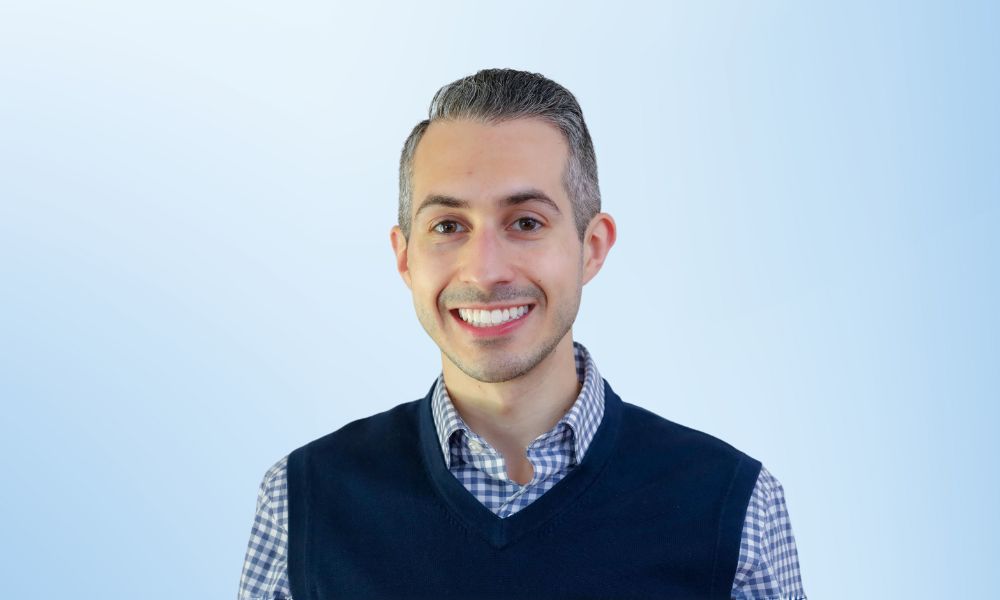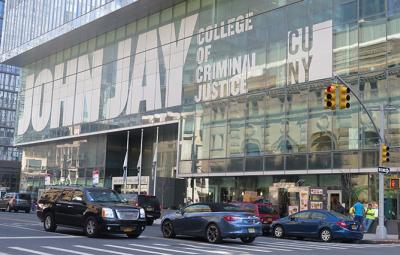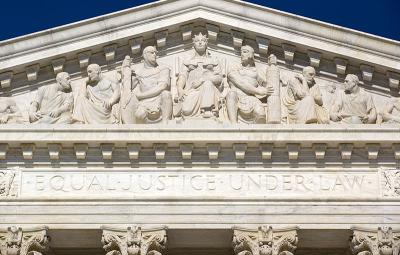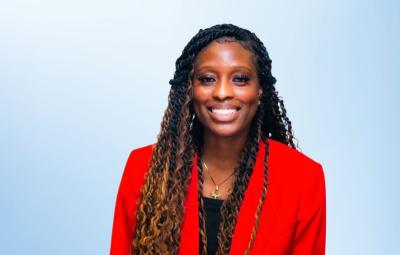
Degree: B.S. in Forensic Science
Programs: Honors Program, PRISM
Mentors: Edgardo Sanabria-Valentín, Ph.D., Daniel Yaverbaum, Linda Rourke, Alana Philip & Litna McNickle
Internship: Suffolk County Crime Lab
Hometown: Long Island, NY
Current Role: Forensic Scientist, Nassau County Crime Laboratory
“As a first-generation student, coming to college can be daunting, but I had incredible support at John Jay. The PRISM and Honors Program were pivotal to my success. They led me to incredible internship and research opportunities that put me on my career path. Today, as a forensic scientist at the Nassau County Crime Laboratory, I’m helping tell the story of evidence and keeping innocent people out of prison.”
Why John Jay?
John Jay’s focus on criminal justice and its outstanding forensic science program made it my first choice. I was also inspired by the first-generation students who graduated from the College. Hearing their stories of how John Jay propelled their journey to success made me realize it could do the same for me as a first-generation student.
Who helped you succeed while you were at John Jay?
My mentors at the College were fantastic and Instrumental in my success, but I was also lucky to have a very supportive family at home. My mother, especially, went above and beyond to make sure I could juggle my coursework, part-time job, and long commute to and from John Jay. It was always heartwarming to get home and have a warm meal and mom waiting for me. No matter how tired she was from her own day of work, she went out of her way to make sure I had the time, nourishment, and support I needed to succeed.
What made you passionate about forensic science?
I’ve always loved science. The idea of figuring things out and solving puzzles excites me because it’s mentally stimulating. I wanted to make sure I focused on an area of study where I could be a problem solver. It’s so satisfying when you get to the end of your examination or research, connect the dots, and get the results you need to reveal the truth.
There is a power forensic scientists hold. We’re not just helping put bad people in prison, we’re also helping keep innocent people out of prison. That second half is so important to think about—giving innocent people who have been wrongfully accused or imprisoned the freedom they deserve.
How did PRISM positively shape your John Jay experience?
When I first entered college as a first-generation student, I had imposter syndrome. I was sitting in classrooms with students who had already done so much good in the world before coming to John Jay that it made me feel like I didn’t belong. Being part of PRISM changed all that. Through PRISM and my work with mentors Dr. Edgardo Sanabria-Valentín, Professor Linda Rourke, and Professor Daniel Yaverbaum, I realized I deserved to be in the college space and that I belonged in science. PRISM helped me see that I could do incredibly valuable scientific work.
As a PRISM student, I wrote research proposals, conducted exciting research, and gained first-hand lab experience that helped build my confidence. It’s an experience that shaped who I am. That gift of confidence enables me to do well in my field today. Since graduating, I’ve been awarded two grants and was published twice in the Association of Firearm and Tool Mark Examiners (AFTE) Journal. One of my published research articles began as my capstone project at John Jay. My research is now being used by 23 different states across the country and one federal lab for test runs.
What classes or research experiences helped further your career?
My ballistics lab work served as a launching pad for my career in forensic science. In that lab, I became familiar with researching firearms, taking them apart, putting them together, studying the casings, and learning to contact manufacturers like Smith & Wesson. I reached out to them when I was doing research on breech face marks that are left on casings when a cartridge is fired. Their specific breech face is made using a mold cavity, so think of it like Play-Doh: you put it into the mold, and each time, the shape should be the same. So, in theory, each gun that was made in that Smith & Wesson mold should look or imprint the casing in the same way. Smith & Wesson was kind enough to provide me with consecutively manufactured breech faces from a single mold. What I learned from the research was that when the metal is poured into the mold, and the cooling process begins, gaps are created in the metal, creating a unique breech face each time. So, while the mold is the same, the breech face is unique, making it possible to link a casing to a specific gun.
All the forensic classes I took at John Jay also gave me a leg up in the field, and I immediately saw that advantage when I started my career. After graduating, I worked as a drug chemist for the NYPD. During the training process, I remember how far ahead I was from my peers in the training class. While they struggled with the training process, testifying in court, and reading the chromatogram from the GC/MS (Gas Chromatography/Mass Spectrometry) that detects drugs, I excelled. I already knew how to do all those things. That’s all credit to PRISM and the strong forensic science program at John Jay. The College prepared me entirely for the job.
What does a day on the job look like for you?
Every day is different. The work I’m currently doing requires a lot of details. I look at the cases coming in, figure out what’s top priority, and then I get to work. First comes the operability part, where I record the firearm’s serial number, test its operability, and communicate my findings to the ADA. This helps them know if they can keep a suspect in custody. Then, I do the microscopy portion, which is where my research skills came in handy. I’m looking at the evidence in the case, such as bullets or casings, and linking them back to firearms. Then, I create a test fire to compare the results to the markings found on the evidence. What is exciting is that I get to give forensic evidence a voice. I tell the story of the evidence.
Ten years from now, where do you see yourself?
Ultimately, I see myself working on research that contributes to the fields of forensic science and firearm examination. I hope to earn an AFTE (Association of Firearm and Tool Mark Examiners) distinguished membership—one of the highest distinctions in the association. I want to be the best I can be, expand my knowledge of the forensic science field, and work on homicide cases one day.



